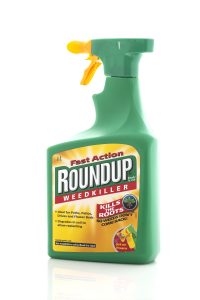
Herbicides have become a way of life. For some, like farmers and ground maintenance men, herbicide application is part of making a living. For homeowners, herbicides are used to grow the perfect weed-free lawn. For all of us, herbicide usage is closely linked to the production of our food. The most common herbicide? Glyphosate-based herbicides. The most well-known brand? Roundup. The alarming part? Glyphosate exposure has been alleged to increase the risk of cancer. More particularly, glyphosate is allegedly related to the increased risk for non-Hodgkin’s lymphoma and other blood cancers. Glyphosate-based herbicides are still widely used in our country.
Glyphosate discovered in the 1970s
In 1970, a chemist working at Monsanto within the herbicide screening program named John Franz discovered glyphosate, an organophosphate compound which would become the active ingredient in Monsanto’s Roundup herbicide. By 1972, Roundup was marketed to the public as an environmentally friendly herbicide that is safe for both human and wildlife alike. Roundup was produced commercially starting in 1974. It would quickly become one of the most popular herbicides of all time.
 North Carolina Product Liability Lawyer Blog
North Carolina Product Liability Lawyer Blog

